Sleepwalking (also called somnambulism) is a behavior in which a person gets up during the night and walks or does other activities. Sleepwalking behaviors can range from harmless, like sitting up, to potentially dangerous, such as wandering outside. Regardless of the behavior they are exhibiting, the individual usually does not remember getting up in the first place. Dr. Tyish Hall Brown, director of Behavioral Sleep Medicine at Children’s National, explains what parents need to know if they notice their child is sleepwalking.
Is my child at risk for developing sleepwalking tendencies?
Sleepwalking has a hereditary component, meaning if the biological mother or father of the child has also exhibited this behavior, the child is at an increased risk of doing the same, though it does not mean it is definitive. It is also worth noting that sleepwalking is more common in males than females.
At what age do children start sleepwalking?
Typically, parents begin noticing this behavior between the ages of 4 and 8 years old. While most cases tend to resolve themselves around puberty, sleepwalking, even if not frequent, can continue into adulthood.
Why is my child sleepwalking?
There are a range of factors that contribute to sleepwalking. One factor is stress. If a child is dealing with a lot emotionally, they may exhibit sleepwalking or develop other sleep conditions. Another factor is excessive sleepiness, usually brought on by inadequate nighttime sleep or poor nighttime habits. New environments, such as a recent move or hotel stay, can also be a trigger.
How do I approach or wake up my child if they are sleepwalking?
It is generally safe to gently approach your child while they are sleepwalking but know they will not be aware of your presence. While waking them up is not dangerous, it can startle them and cause them to feel disoriented. Rather than waking them up, try to guide them back to their bed safely.
How do I keep my child safe if they are sleepwalking?
Even though the behavior itself is not dangerous, your child is not aware of what they are doing and can engage in behaviors that cause them harm. To keep your child safe, it is helpful to essentially “baby-proof” the house to prevent accidents or injury. These precautions will prevent them from falling down the stairs, running into things, walking out the front door or even driving if they are older and have muscle memory of this action.
To help keep your sleepwalker out of harm’s way:
- Install a bell around their bedroom door and any doors leading to the outside, so you can hear if they are opened at night. In some cases, latches can be installed at the top of the door, to stop them from opening it all together.
- Install baby gates at the top of stairs.
- Ensure all doors leading outside are either locked or barricaded. Use something like a chair or baby gate that is easy to move out of the way in the case of an evacuation.
- Consider installing cameras to monitor what your child may be doing.
What kind of doctor can help with sleepwalking?
Practitioners who specialize in behavioral sleep medicine are excellent resources to seek. These practitioners may come in the form of psychologists, pulmonologists and nurse practitioners.
How can I get my child to stop sleepwalking?
Seeing your child sleepwalking can be disconcerting for caregivers. While there is no “cure” for sleepwalking, the good news is, in most cases, these behaviors usually resolve on their own as your child hits puberty. Taking your child to see a sleep expert and helping them to manage daily stressors can also reduce sleep walking incidents and mitigate harmful outcomes.
Before bringing them to see an expert, caregivers should take some time to monitor their child’s sleepwalking behavior so they can provide the practitioner with as much detail as possible during the clinical assessment. Knowing these details will make it easier for them to make the appropriate recommendation to keep your child safe.
 https://riseandshine.childrensnational.org/wp-content/uploads/2023/03/illustration-of-boy-sleepwalking-feature.png
300
400
Rise and Shine
https://riseandshine.childrensnational.org/wp-content/uploads/2017/11/childrens_riseandshine_logo.jpg
Rise and Shine2023-03-02 12:15:562023-03-02 12:22:10What you need to know about sleepwalking in children
https://riseandshine.childrensnational.org/wp-content/uploads/2023/03/illustration-of-boy-sleepwalking-feature.png
300
400
Rise and Shine
https://riseandshine.childrensnational.org/wp-content/uploads/2017/11/childrens_riseandshine_logo.jpg
Rise and Shine2023-03-02 12:15:562023-03-02 12:22:10What you need to know about sleepwalking in children



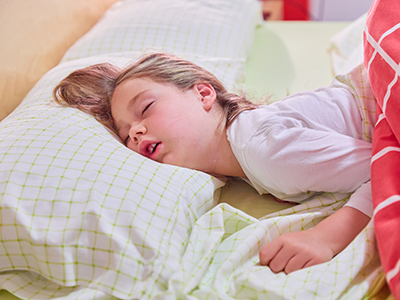
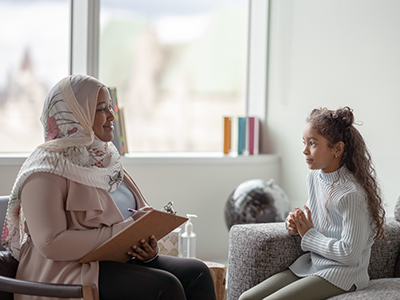
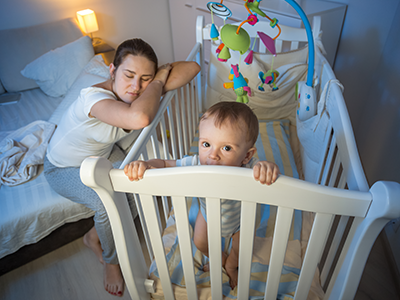
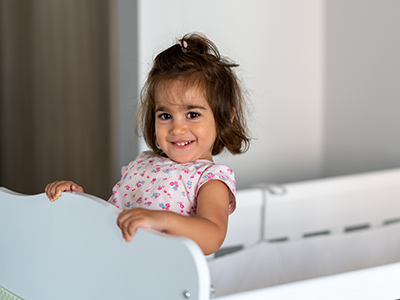
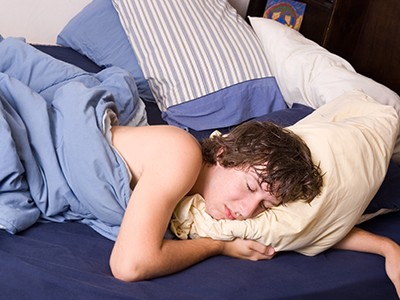
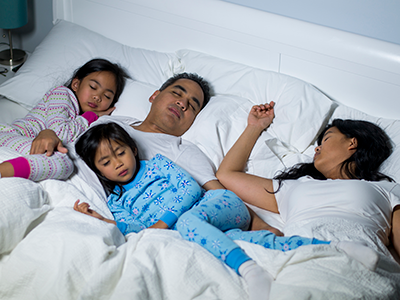
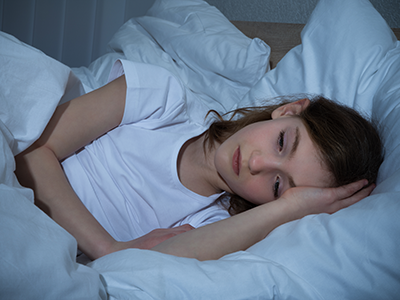

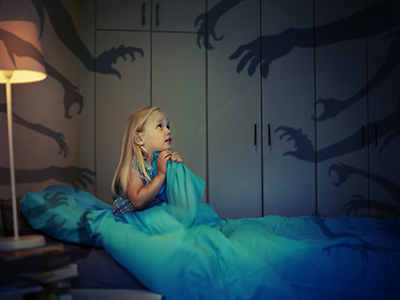


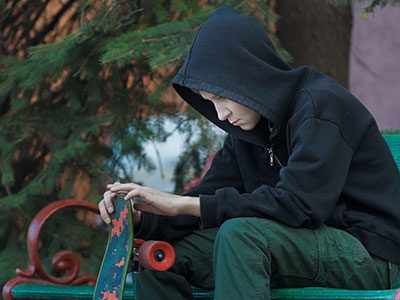
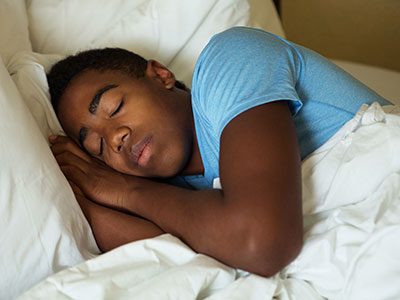

Leave a Comment
Want to join the discussion?Feel free to contribute!